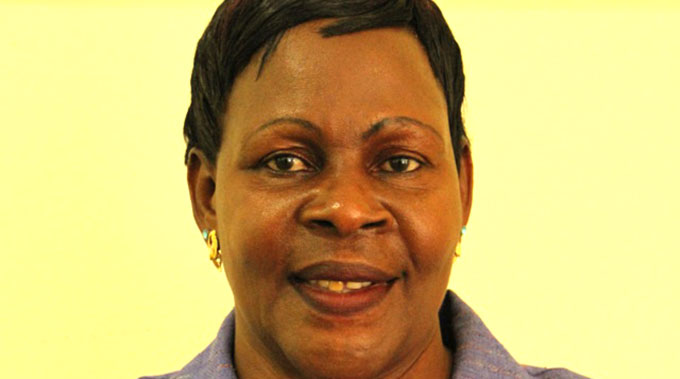EDITORIAL COMMENT : Everything ready again for a good agric season

While everyone keeps talking about how wonderful the last rainy season was, we all perhaps forget that it was definitely on the short side, with the falls needed for planting coming late and the rains ending earlier than normal.
What made the season so good and the harvest exceptional was that everyone was ready and new farming methods had become the norm.
So by October at the latest, everyone who was going to benefit from the Government-sponsored finance for inputs had prepared their land, and in most cases this involved the new conservation farming methods.
By the end of that month almost all farmers had their seed and at least the initial fertilisers physically on their farms. So with land prepared and the inputs ready, all that a farmer had to do was wait for the rains and for the local Agritex officer give the go-ahead to start planting.
The rains might have been on the late side, but all that most farmers had to do when they began falling was open the packets and start planting.
The rains ended on the early side. Almost all the rainfall that fell in the season fell in four months, and for quite a few farmers, even less. But the switch to conservation agriculture had ameliorated that problem since enough moisture was retained in the soil to take the crop through to maturity. So there was a good harvest.
The critical point to note was that the planning and the logistics, both Government and private, that backed that planning worked. Farmers could not get into the contract system to borrow their inputs until Agritex confirmed they had done the required land preparation and had received the required training.
Seed and fertiliser were at the depots, distribution centres and in the shops on time, and could be moved to the farms as the paperwork for each contract was completed.
In some ways it looked so easy, but we need to remember that we had never done this before.
And if last season had seen the old-fashioned ways, of ploughing starting when the rains began to fall, then the inputs arriving or being bought during December or even January, and most soil moisture evaporated within a week or two of the rains ending, we would have faced a typical disaster, a lot of wasted inputs and a lot of wasted effort by farmers.
So we now know what to do. Efforts are being made to do what we did last year even better. As farmers gain more experience in modern systems they can expand the area they plant and can try new crops.
We, for example, need quite a lot more of oilseed production, so the guaranteed markets are there.
At the moment we are still waiting for the meteorological experts across SADC to finish looking at the range of global indicators to come up with the overall initial predictions, which we must remember are statistical probabilities, not absolute numbers, and then get the detailed forecast for Zimbabwe.
These are now rather good, and those who do not work with these probabilities are taking unreasonable risks.
Among the more important decisions that need to be made, based on these probabilities, are the varieties of seed in each district and even the proportions of maize and traditional grains that need to be grown.
Maize, despite the input from nutrition experts, is still the number one crop, largely because it produces more tonnes per hectare.
So the reports at the weekend that the seed houses and the fertiliser companies were ready and would have the required stocks available when they were needed was good news.
The Ministry of Lands, Agriculture, Fisheries, Water and Rural Resettlement and the Ministry of Industry and Commerce have been working with the suppliers to ensure bottlenecks are opened and any obstacles are removed.
This is, of course, the whole new way of thinking we are seeing in the Second Republic.
President Mnangagwa made it clear from the start that he was not really fascinated by promises and wishful thinking, but instead wanted to know what had been done, what had been fixed, and that all the required bits and pieces were in place.
Now farmers are already preparing their land. Having seen the harvests they gathered over the last few months they now understand why they were made to prepare their land, and prepare it properly, early last year as a condition to getting inputs.
Last year many might have done the work without fully appreciating why they had to work so hard so early, but this year they are running with the concepts. There are now reports that those who were holding back last year are now seeking advice from neighbours, having seen the harvest. So the new way is already, after just one season, the “way we do things”.
We all talk about national food security, reductions of imports, the export of high-value crops like tobacco.
And all that is important for the Zimbabwean economy. But the most important point is that when we start adding up how much the farmers have earned from grains, tobacco, horticulture, cattle and every other source, we start seeing a lot of money.
Small-scale farmers are possibly approaching $100 billion this year, out of which they will have to pay back inputs, but the amount left over is the profit, a cash profit, that is raising the standards of living of well over 1 million families.
The importance of that whole economic and social shift cannot be overemphasised.
When we talk about an upper middle-income economy, we are talking about tens of thousands of middle income families in every farming district, and by getting right we automatically create the huge industrial growth, and the industrial jobs, that serve that new giant market.











Comments